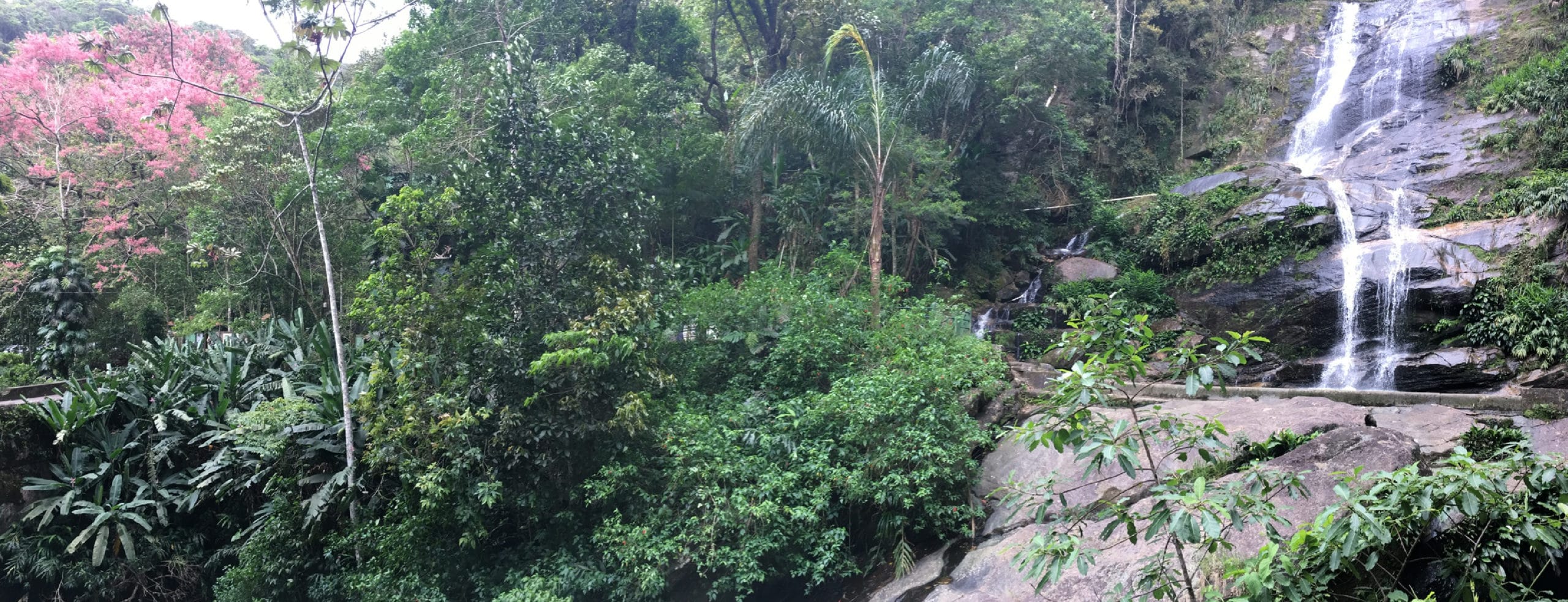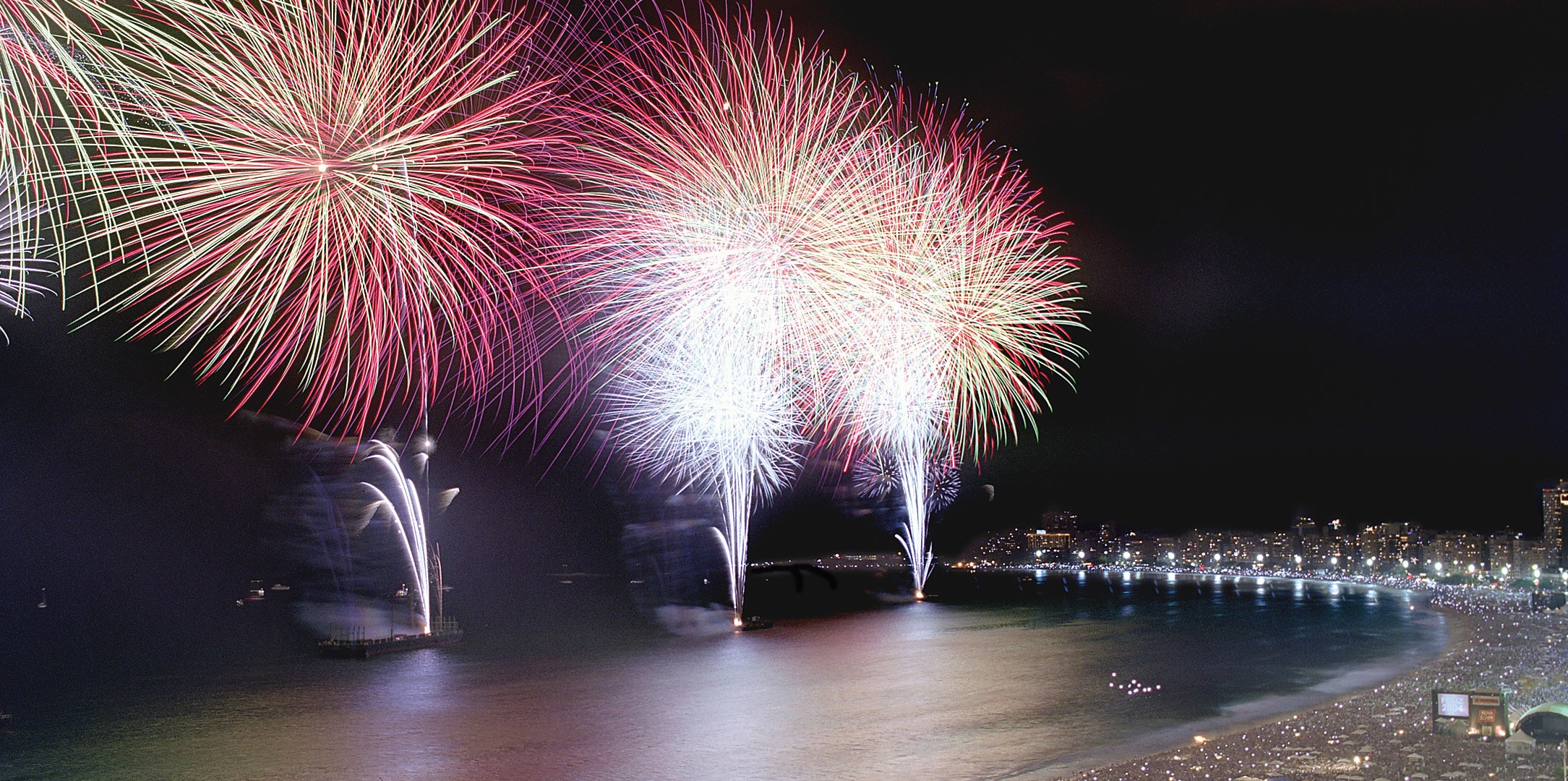The amazing Christ the Redeemer in Rio de Janeiro
If you`re visiting Rio de Janeiro, one of the must-see is the statue of Christ the Redeemer, located on top of the Corcovado Mount. It`s one of the wonders of the world and no doubt, an icon of Rio de Janeiro. It is the symbol of the city and, beyond that, of the whole Brazil. It is also a symbol of Christianity among the most important of the World. Christ the Redeemer is also an important tourist destination, with 600,000 visitors a year.
It was first imagined in 1850 by a Catholic priest, but this project was born in 1920, when a petition of support was initiated for the construction of a Christian statue. Once the style was chosen, construction began in 1922, and took nine years to be completed.
Today the Christ of Rio, or the Corcovado as it is called more frequently, is a monument very visited, it is among the most visited monuments of Brazil. To get there you have to go early and buy your tickets in advance on the Internet.
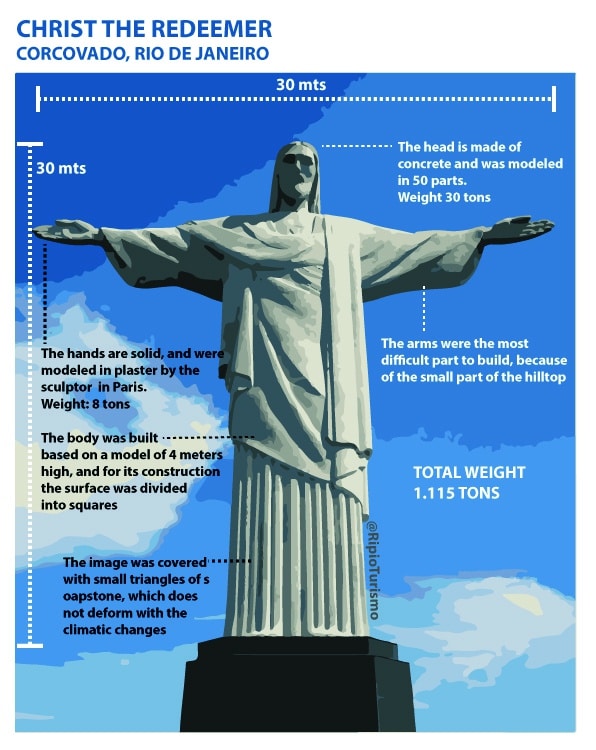
Christ the Redeemer, weight and other general facts
The statue of Cristo Redentor or Christ The Redeemer, weighs 635 metric tons (625 long, 700 short tons), and is located at the peak of the 700-meter (2,300 ft) Corcovado mountain in the Tijuca Forest National Park overlooking the city of Rio de Janeiro. The view is amazing and unique and the statue was declared as one of the new 7-wonders of the world.
One of the many things that baffles anyone who feasts their eyes on the statue for the first time is, how the heck did the statue get up there in the first place?
Because of the statue’s massive size, the statue was actually put together on top of Mount Corcovado, and all the necessary materials (as well as the workers) were transported up the mountain on a small cog-wheel train; (which at the time was mainly used to take tourists to the top of the mountain to see the vistas).
Workers used long wooden poles to act as scaffolding during the construction phase, and they actually had to scale them in order to put all the materials in the right place – a task that must have been truly daunting in every sense of the word, yet symbolized the locals’ intense religious faith, above all else.
Christ the Redeemer: One of the new 7 wonders of the world
Rio de Janeiro welcomed the news that the statue of Christ the Redeemer was declared new 7-wonder of the world, with arms as open as those of the Christ Redeemer statue high on the Corcovado mountain above the city. The image of the Christ The Redeemer in Rio de Janeiro is now part of the history of the world, with Taj Mahal in India, The Great Wall of China, Petra in Jordan, the Colloseum in Italy, Chichen Itzá in Mexico, Machu Picchu in Peru, that were elected from 21 finalist including the Eiffel Tower in Paris, the Sydney Opera House in Australia, the Kremlin and the Red Square in Russia, the Giza Pyramids in Egypt, the Acropolis of Athens in Greece, the Alhambra in Spain, the Statue of the Liberty in United States, the Moai Statues in Chile, and more.
How to get there? Visiting the Christ the Redeemer
There are three ways how to get to Christ the Redeemer. You can take a train, van or hike. Of course, the most famous and traditional way how to reach Christ the Redeemer is by cog train. The train will take you through Atlantic Forest almost to the top of Corcovado Mountain.
Another option is by taking a van vehicle. This option is slightly cheaper than going to Corcovado Mountain by cog train but is not that comfortable, and less adventureous. You can either take a direct van from Copacana or Barra da Tijuca, or you can arrive at Trem do Corcovado by public transport and from here take a taxi.
Although you can walk all the way up to Christ the Redeemer via Tijuca Forest National Park. But please note, it´s could be dangerous because ciminals operate along the trail, and a large number of muggings incidents have been reported last years. So… it´s an option but we aware of the actual situation.
The visit of the Corcovado Mount and the Christ the Redeemer, is part of the half day visit that includes this point and also the Tijuca Forest, or also part of a full day tour that also includes the Sugar Loaf, the Copacabana and Ipanema Beaches, Maracana Stadium, the Sambodromo, and more.
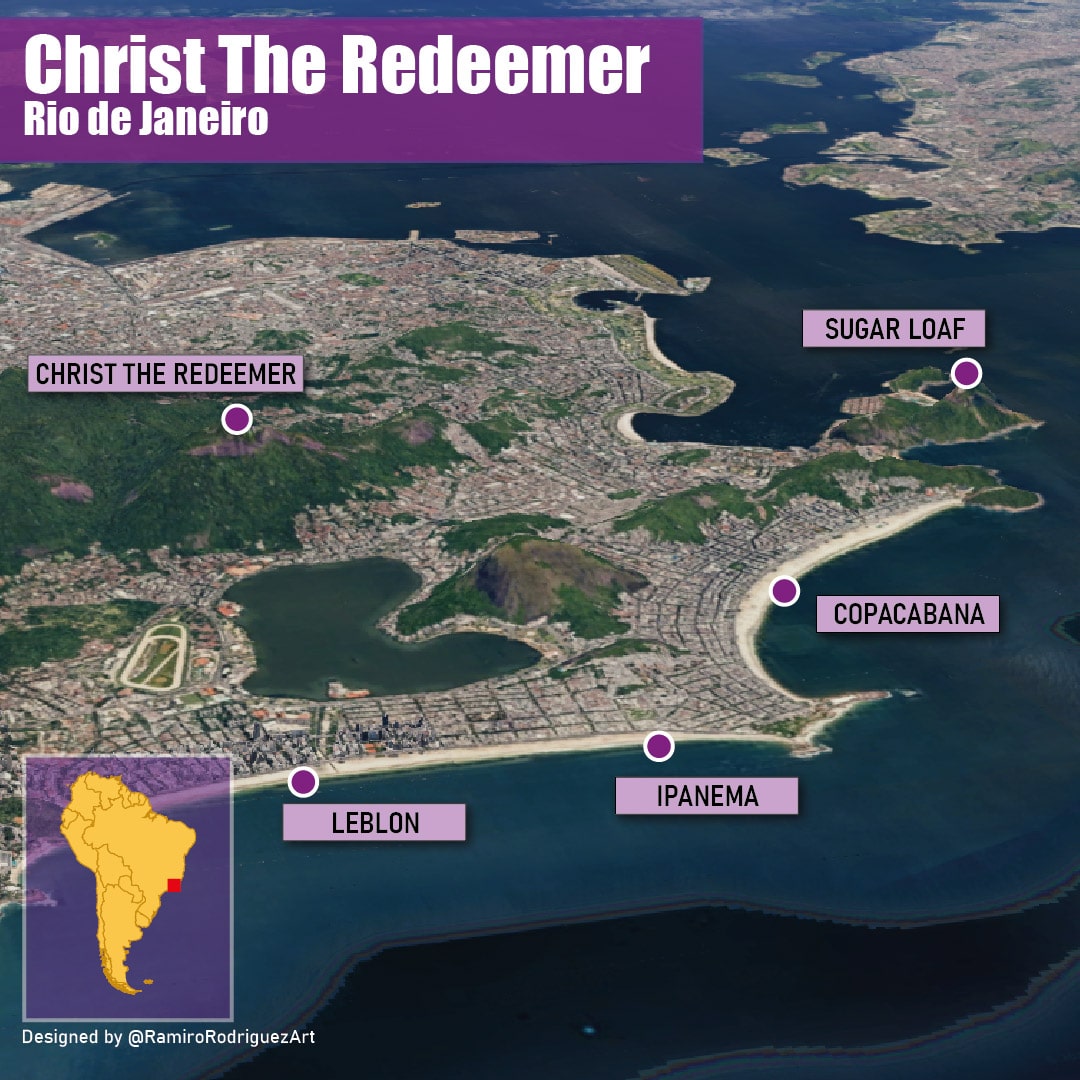
Christ the Redeemer: When to go?
Well, it´s not a problem. Rio de Janeiro, the Corcovado and the Christ on the top will be waiting for you all the year round. But, there are some special dates you have to note: For example Carnaval, that usually takes part during February or March, and the period of Reveillon, for the last period of each year in December.
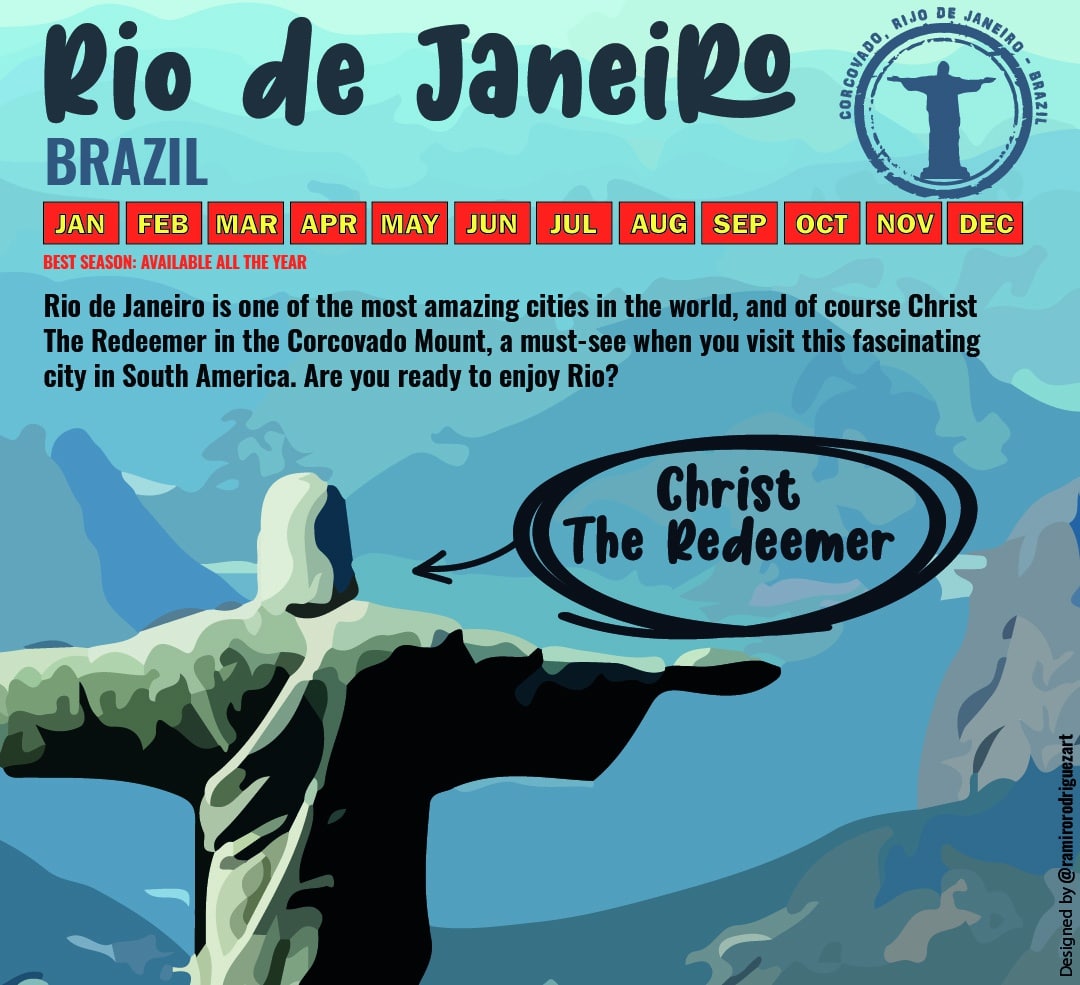
Summer runs from December through the first half of March. Daylight saving time goes from October through February. The hottest months are December and January when temperatures can get well over 104ºF (40ºC). There is also quite a bit of rain during the summer with showers almost every afternoon. Many of the locals take their vacations during this time especially from Christmas through to the Carnival. The beaches can be quite crowded and prices do increase.
The winter months include July, August and September. There is very little rainfall and while the sunny days are perfect beach days, the nights and cloudy days can get a bit chilly. Expect high temperatures to be around 75ºF (24ºC) during the day and well into the 60s (15ºC) at night. Because this is not as popular a time of year as summer to visit, prices are much lower and it is easier to find lodging at the last minute.
Spring, is also great, goind from September through October. There is very little humidity and few rainy days. The temperatures are almost perfect ranging around 79º F (26ºC). Still warm enough for the beach but cool enough for a hike through the rainforest. During the spring the gardens and mountains are full of color and new growth. This time of year is a horticulturist’s paradise. Prices are still fairly cheap and the beaches are not very crowded.
Finally, during Autumn, a beautiful time of year you will find less humidity and cooler temperatures than summer, April, May and June average around 80º F (26ºC). There is almost no rain and the beach crowd is thinning out from the very busy summer. Prices around town are dropping to attract business and it is easier to find lodging.
It is not so much a question of the best time of year to visit Rio but what is the best time of the year to you? If you enjoy the crowds and want to celebrate the holidays then stop in during the summer months. If you hate the heat but have been dying to visit the rainforest and beaches and see the sights, winter is perfect for you. Spring brings flowers and autumn brings peace and quiet. It is all a matter of preference.


